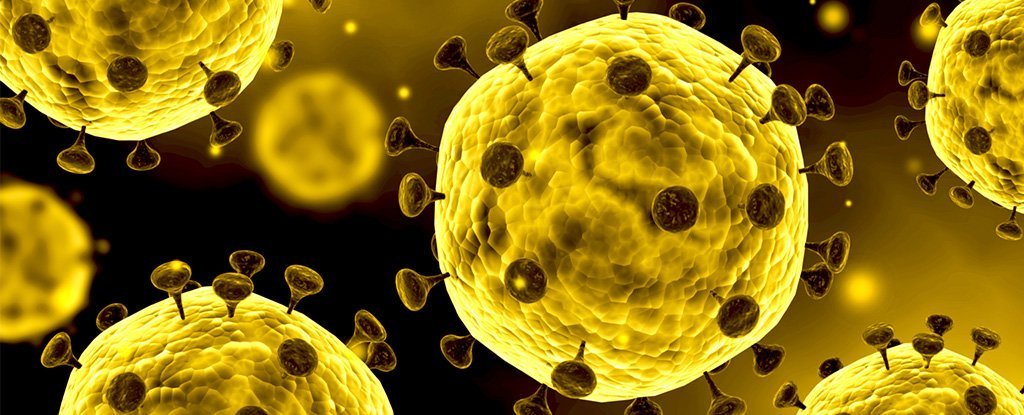"So far this year 4,000 people have died from covid19, 92,000 from flu, 320,000 from HIV/AIDS, 256,000 from road accidents. Perspective!"
From Science alert the Corona Virus has been around since the early 1960's. So why the big scar? Is this politically motivated, not from Leaders around the world, from people or organisations that influence any governments? That is my thought.
I understand that deaths are increasing per day around the world and I not saying we shouldn't prevent these deaths. Toilet papers are been bought in huge numbers, as well as serviettes, hand sanitizes, pasta and rice have been cleaned off supermarket shelves. Which is total stupidity going on. Selfish people out there looking after themselves packaging these items and sending them to overseas, not caring about all of us individual Australians
This makes me this me think that someone wants these every day living items go sky-rocketing in sales. So is this really a senseless profiteering racket that is happening under our eyes. Who's got the cure for this virus? Shall we ask or who is hiding it from us now?
Has a country or someone got the cure or antivirus and is holding back until they release this and make multi billion dollars on it?According to Australian Government Department of Health, there is no current cure yet.
"Coronavirus (COVID-19) is a respiratory illness caused by a new virus. Symptoms range from a mild cough to pneumonia. Some people recover easily, others may get very sick very quickly. There is evidence that it spreads from person to person. Good hygiene can prevent infection."
Coronaviruses are a family of viruses known for containing strains that cause potentially deadly diseases in mammals and birds. In humans they're typically spread via airborne droplets of fluid produced by infected individuals.
Some rare but notable strains, including SARS-CoV-2 (responsible for COVID-19), and those responsible for severe acute respiratory syndrome (SARS) and Middle East respiratory syndrome (MERS), can cause death in humans.
First described in detail in the 1960s, the coronavirus gets its name from a distinctive corona or 'crown' of sugary-proteins that projects from the envelope surrounding the particle. Encoding the virus's make-up is the longest genome of any RNA-based virus – a single strand of nucleic acid roughly 26,000 to 32,000 bases long.
There are four known genuses in the family, named Alphacoronavirus, Betacoronavirus, Gammacoronavirus, and Deltacoronavirus. The first two only infect mammals, including bats, pigs, cats, and humans. Gammacoronavirus mostly infects birds such as poultry, while Deltacoronavirus can infect both birds and mammals.
What are the symptoms of a coronavirus?
Coronaviruses can give rise to a variety of symptoms in different animals. While some strains cause diarrhoea in pigs and in turkeys, most of the time infections can be compared to a bad cold, causing mild to moderate upper respiratory problems such as a runny nose and sore throat.
There are a handful of lethal exceptions, which have had a devastating impact on livestock and human health around the globe.
COVID-19 (SARS-CoV-2)
SARS-CoV-2 was first identified in the Chinese city of Wuhan in 2019. At the time of writing, numbers of infected are still on the rise, with a mortality rate of around 1 percent.
Snakes were originally suspected as a potential source for the outbreak, though other experts have deemed this unlikely and proposed bats instead. As of February 2020, the search for the animal origin of COVID-19 is ongoing.
Severe acute respiratory syndrome (SARS-CoV)
SARS was first recognised as a distinct strain of coronavirus in 2003. The source of the virus has never been clear, though the first human infections can be traced back to the Chinese province of Guangdong in 2002.
The virus then became a pandemic, causing more than 8,000 infections of an influenza-like disease in 26 countries with close to 800 deaths.
Middle East respiratory syndrome (MERS-CoV)
MERS was first identified in Saudi Arabia in 2012 in people displaying symptoms of fever, cough, shortness of breath and occasionally gastrointestinal problems such as diarrhoea. An animal source for the virus has never been officially confirmed, though evidence points to dromedary camels as a potential reservoir of infection.
The World Health Organisation has identified around 2,500 cases of infection in 27 countries since initial outbreaks, resulting in nearly 860 deaths.




No comments:
Post a Comment